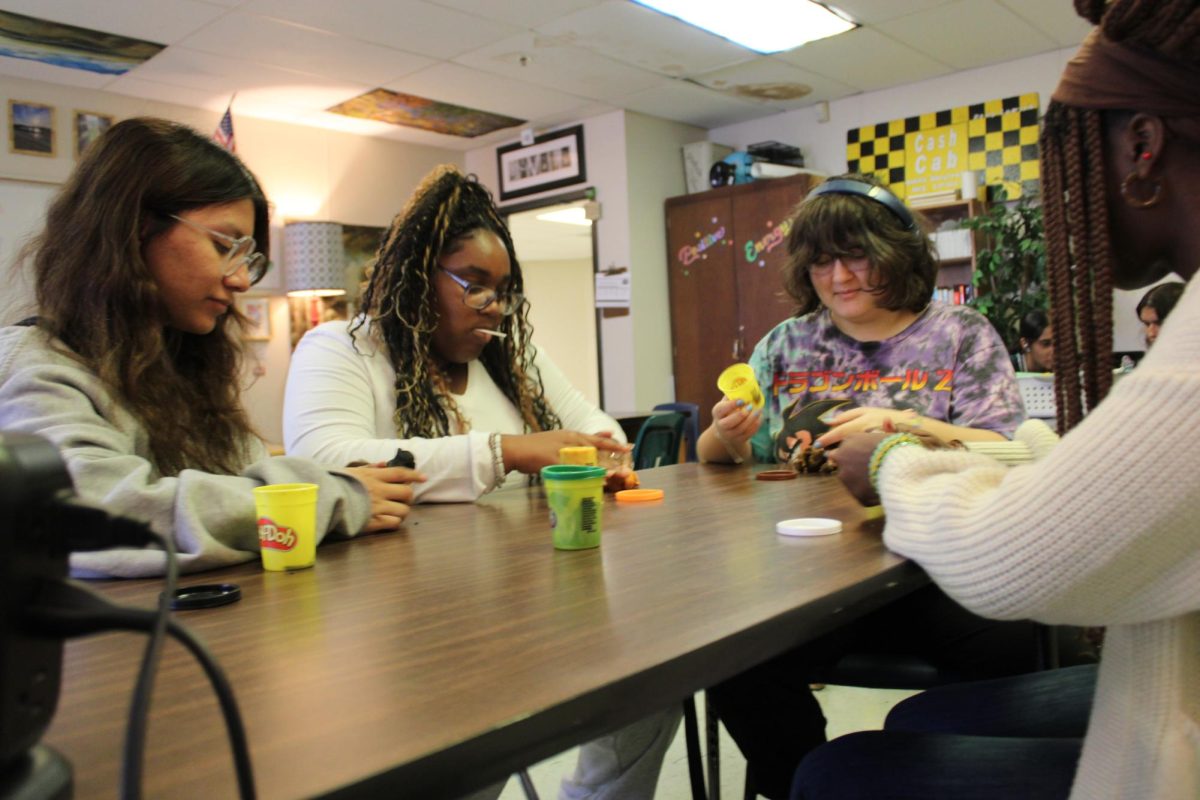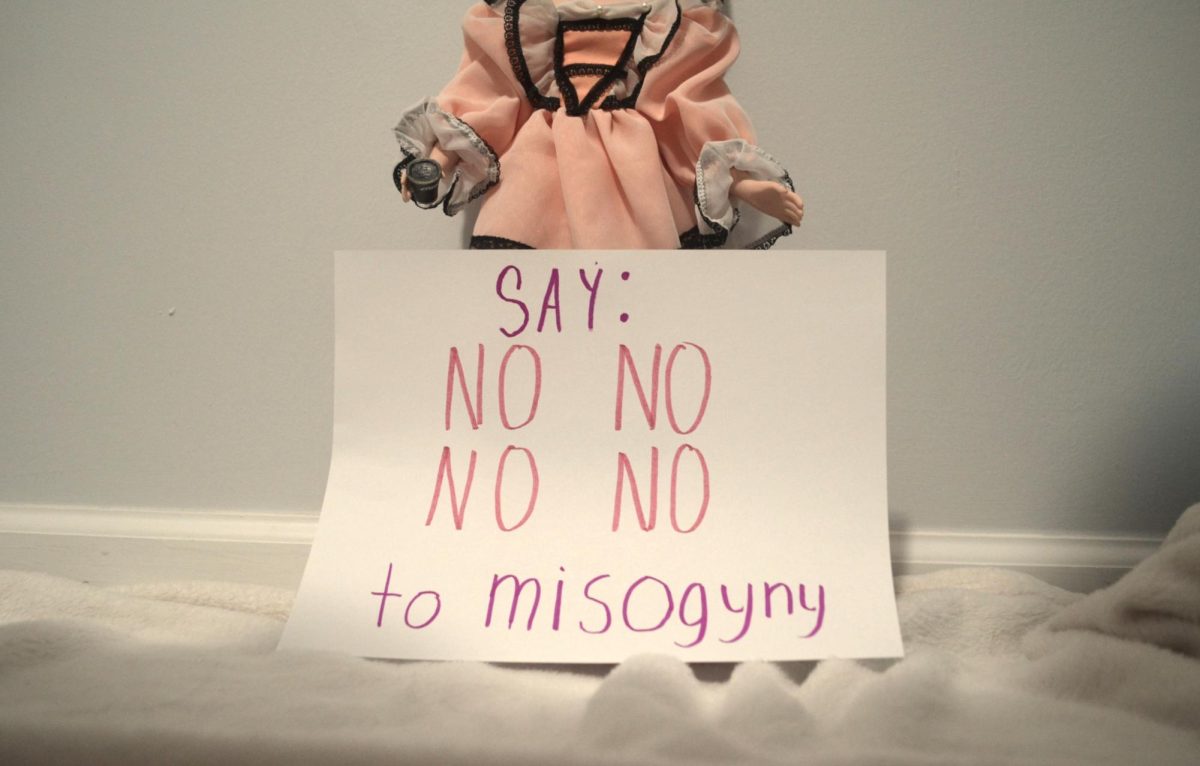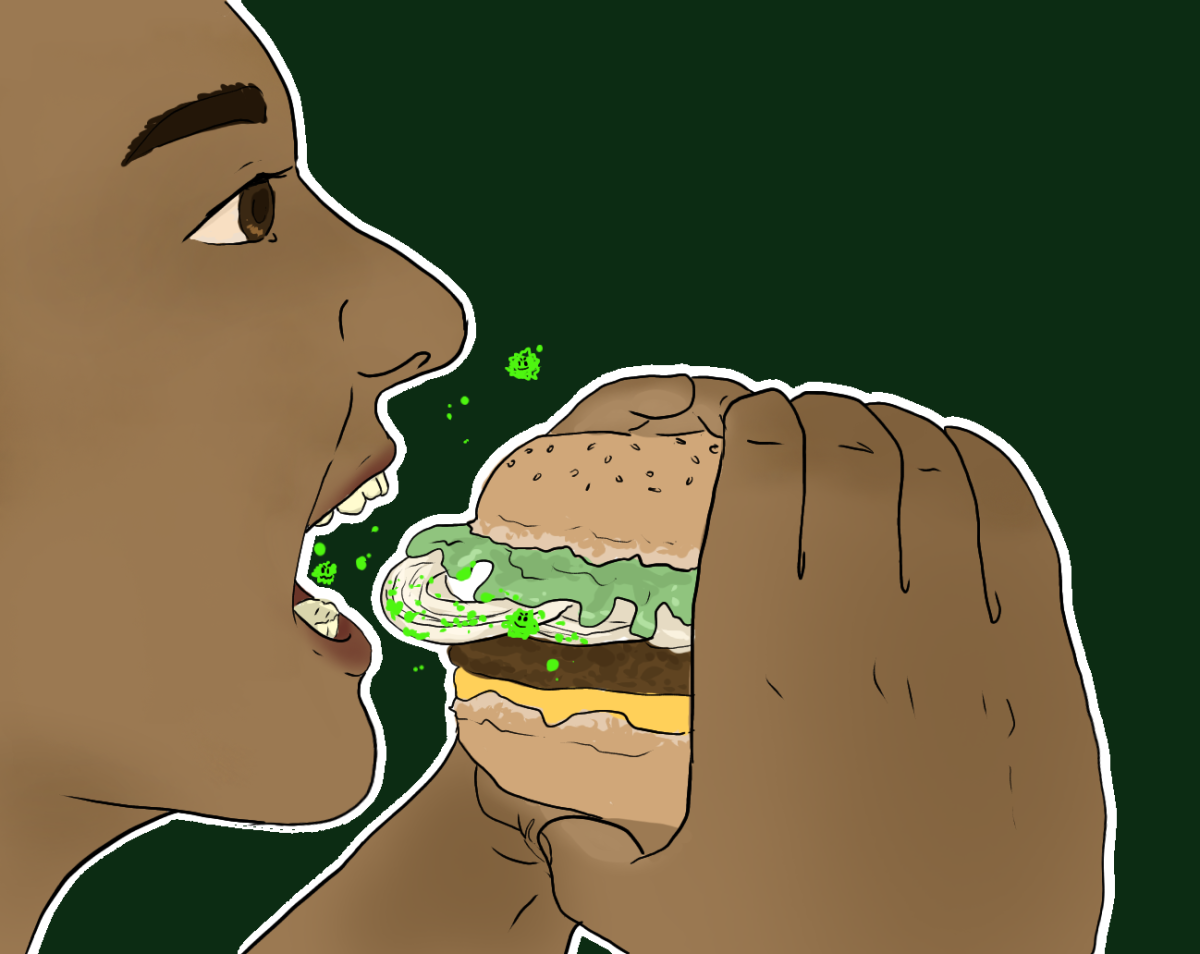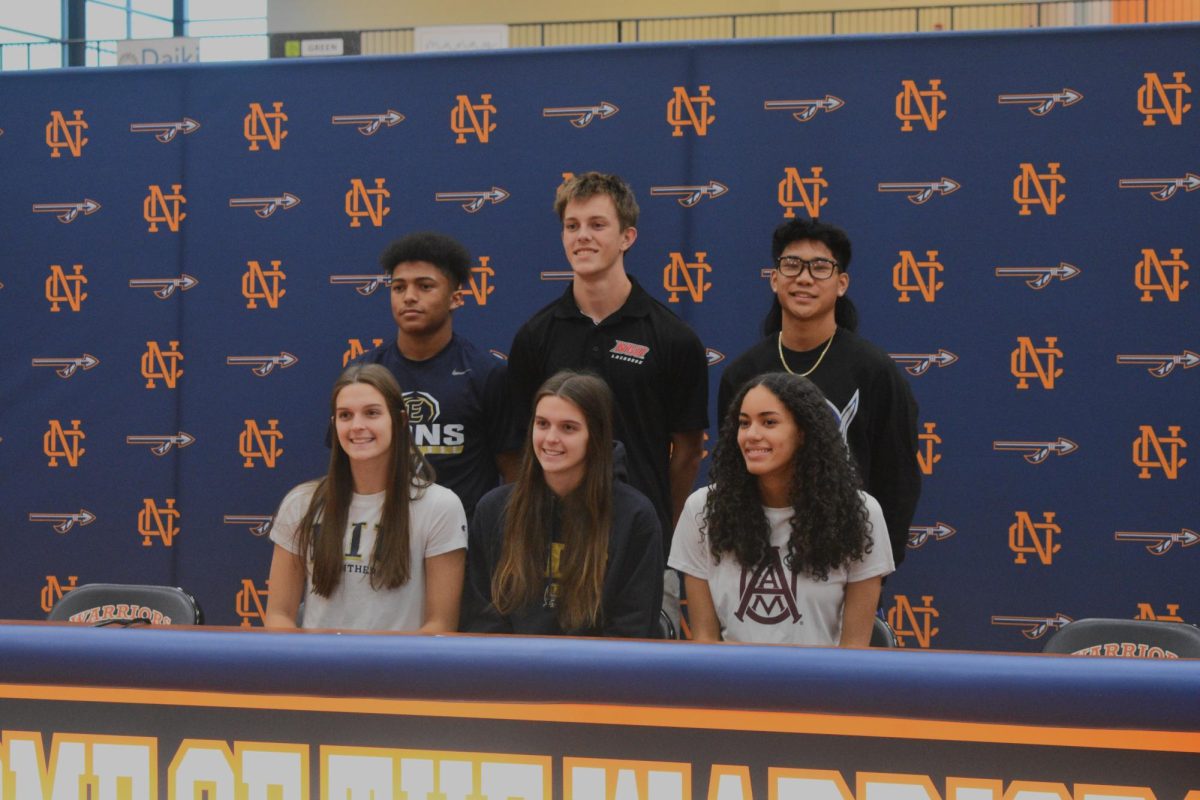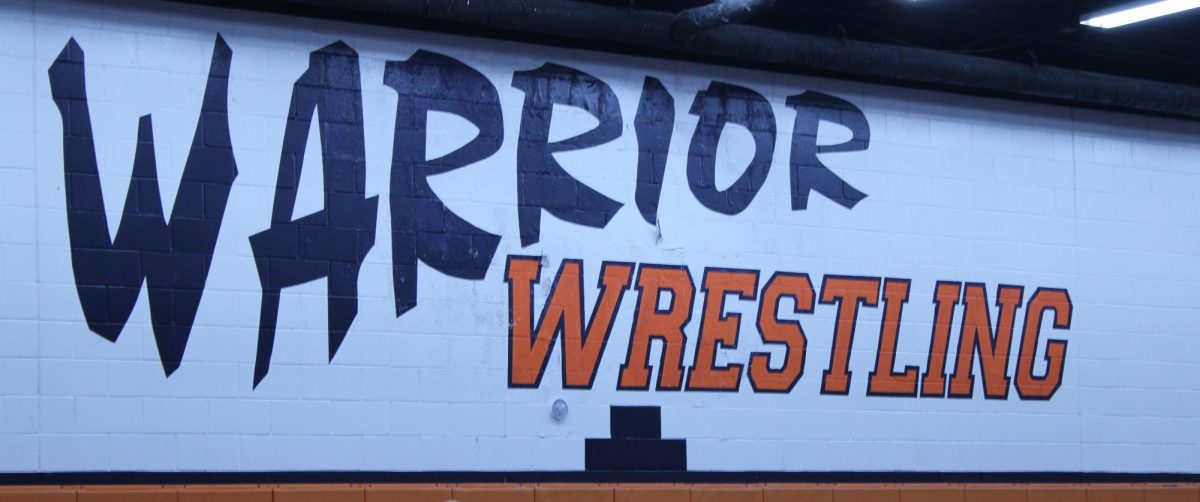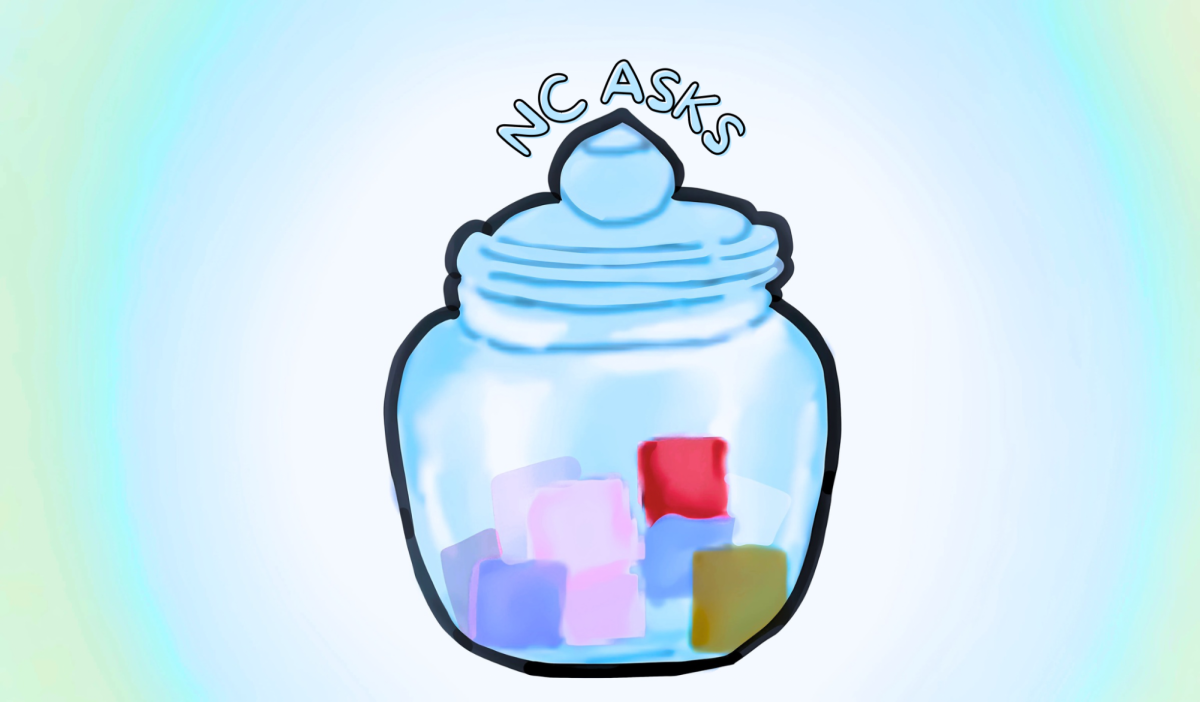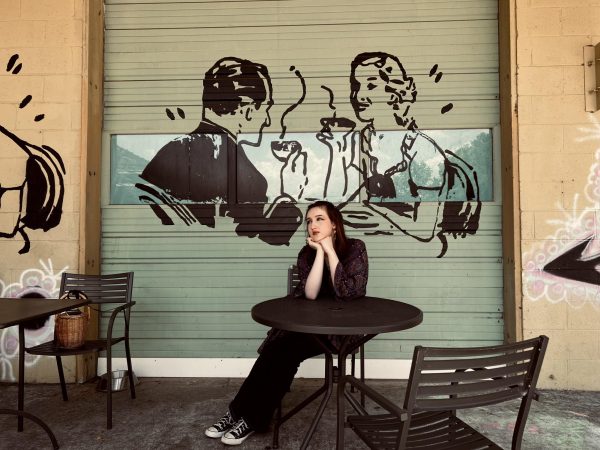In 1927, “Metropolis” became the first full-length movie exploring the future of artificial intelligence (AI). Since its release, the media has increasingly explored the growth in technology and its intelligence with films such as The Terminator and Superintelligence. As time progresses through the 21st century, however, the fictionalization of these ideas now transitions into reality, particularly as AI technology grows in public attention and its uses diversify.
The language model-based chatbot, ChatGPT became public at the end of 2022, swiftly rocketing into public awareness. The creators of the site promise it holds the capacity to interact with its users conversationally, providing answers to questions and answering follow-ups. Although ChatGPT has faced various controversies since its release, the website appears to have set off an AI frenzy.
Following the release of ChatGPT, social media apps began adding elements of AI to their programs. Snapchat added My AI February 2023, a personalizable chatbot intended for conversation; Instagram added a feature to create messaging stickers in the app where the user types a prompt which AI generates an image for. These features add to the social aspects of social media and entertain users, but they likely serve as only the tip of the iceberg for the presence of AI in media and entertainment.
At the end of September, an Instagram account named “yoursisbillie” joined the platform, initially posting an AI-generated image of an urban building. Since then, the account has posted AI-generated photos of food, selfies and studios, as well as a reel of Kendall Jenner introducing herself as Billie with the account’s purpose. Strangely, the woman featured on the account lacks reality. In the profile picture and on posts, Jenner takes the stage, but only as the face of the behind-the-scenes chatbot. Meta manages the AI influencer, which functions like a chatbot. The messaging page embodies a theme: brown with a city background, as Jenner’s faux head floats in the top right corner of the user’s screen and reacts to messages. The account fleshes its messages out with emojis, slang and excellent spelling, perhaps one of the more obvious giveaways of its inhumanity.
“I was made to help people like you! Give me any problem, and I’ll give you real advice. No sugarcoating, no BS. Just straight talk from your big sister Billie! I give advice for anything and everything! Love life, friend drama, family issues, career stress… you name it. My specialty? Tough love and real talk. Bring on your biggest challenge — I dare you,” the chatbot said.
Meta powers other celebrity chatbot accounts, not exclusively Billie’s. Celebrities such as internet personality Mr Beast also have accounts using their faces. Mr. Beast’s account, comedyzach, functions similarly, but with the goal of providing laughs, not advice.
Additionally, people use AI to create content, frequently for entertainment purposes and post it on platforms such as TikTok and YouTube. This content manifests as falsified comedic statements from celebrities such as the Queen’s 2020 Deepfake Christmas message as well as AI creators like Kwebelkop on YouTube who have experimented with replacing the central speaker in videos with AI.
As AI takes on human characteristics, onlookers and enthusiasts wonder if the technology destinies itself to its own area in entertainment or a major role in an existing one. Much like social media revolutionized the way people connect, share and spend their time, perhaps AI, as the public understands it, takes the next step in the direction of entertainment.
“Right now, I think producers are looking at AI thinking that it may be a good idea, but it really doesn’t have the same creative capacity as humans. In the future, after we get over this fascination, I think AI may just be used for experimental purposes,” magnet senior Jakson Vermillion said.
Ultimately, AI technology continues in the early stages of development, so the future remains entirely unknown. The way developers make and how the public uses AI will define the future as people seek new ways to entertain themselves. Until then, allowing the mind to wonder about the possibilities of technology can bring a sense of interest in the future and open the door to human creativity.




